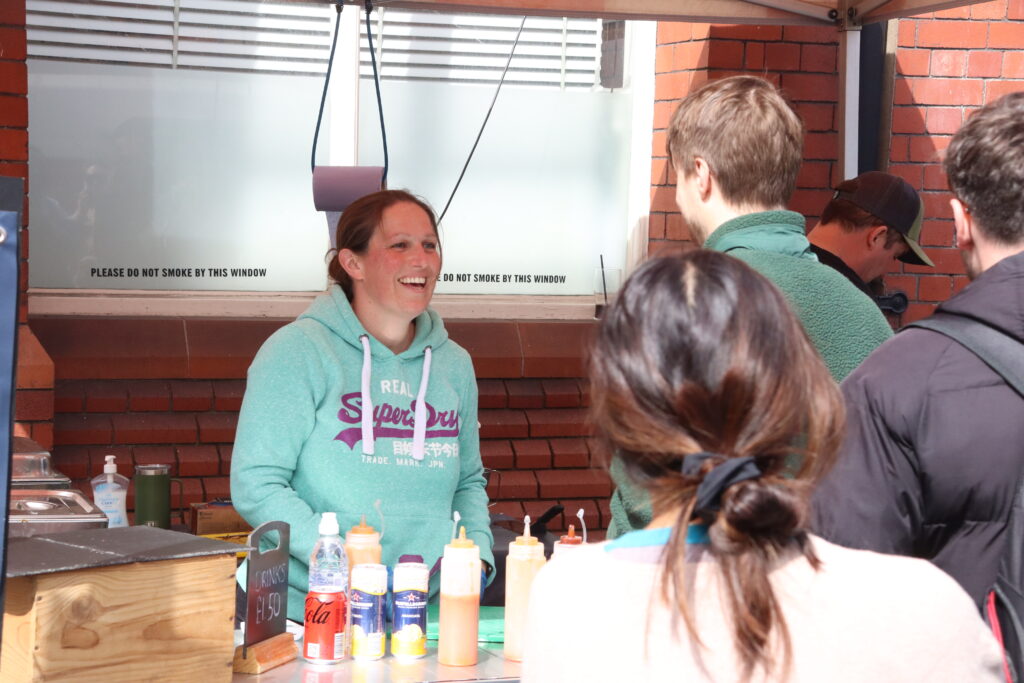Turning a hobby into a business is an exciting step but figuring out where to sell your products can be a challenge. If you’ve built up a collection of handmade goods and are running out of space, it’s time to consider your options. The two main ways to sell are online, through platforms like Etsy, eBay, or your own Shopify store, or in person at markets. Each option offers unique benefits, from the global reach of online sales to the personal connections you can make at markets. The best choice depends on your products, business goals, and how you prefer to interact with customers. So, which one is right for you?

Advantages of Market Trading
Market trading offers unique benefits that online platforms can’t always replicate. One key advantage is the opportunity for immediate customer interaction, giving you the chance to engage with shoppers, answer questions, and even upsell products. In-person sales can also help avoid delivery fees, which might otherwise deter customers from completing a purchase online, especially for small items such as enamel pins, magnets or stickers that will probably cost less than the delivery fee.
Markets also allow customers to experience your products firsthand, especially important for items like clothing or jewellery, where being able to touch, try on, and inspect the quality can make all the difference. With more touchpoints in the shopping journey, you’re less likely to lose customers to distractions, unlike online platforms where a quick and simple swipe can take them to the next option.
When Online Might Be Better
However, if you have a wide range of products, consider that too many items on display at a market could overwhelm shoppers. In this case, an online store might be a better way to showcase your full collection. In an online shop you feature every product but can gradually introduce products to browsers without it feeling cluttered and overwhelming.

Another key advantage of selling online is 24/7 availability. Unlike markets, which operate on set days and hours, an online shop is always open, allowing customers to browse and purchase at their convenience. This creates the potential for passive sales, meaning you can generate income even when you’re not actively selling in person.
See our top tips on how to sell your handmade products online here.
Can You Do Both? Combining Both Market Trading and Online Sales
Combining both market trading and an online store can be a powerful strategy for growing your business. One significant advantage of selling at markets is the opportunity to create an in-person connection with customers and invite them back to your online store. By doing so, you can create brand awareness, making it easier for customers to find you again or purchase something they saw at the market after having time to reconsider. This method begins to create a loyal customer base for your business, customers who keep coming back.

Combining both methods gives you the best of both worlds, markets give you the chance to establish a personal connection with customers, while your online store can offer 24/7 access and a wider range of products. You can also use QR codes at your stall, allowing customers to easily and quickly scan and drive more traffic to your website for follow-up purchases. This combination of in-person interaction and online presence helps build a stronger, more versatile brand.
Want to give markets a try but don’t want to commit yet?
Consider CMTIA for hassle-free market stall insurance. Many markets require public liability insurance, and CMTIA’s one-day insurance provides a flexible option for traders for one-off events starting from £27. Apply in minutes, and if approved, receive your policy documents within 20 minutes. Protect yourself and see how easy it is to get started with confidence!



